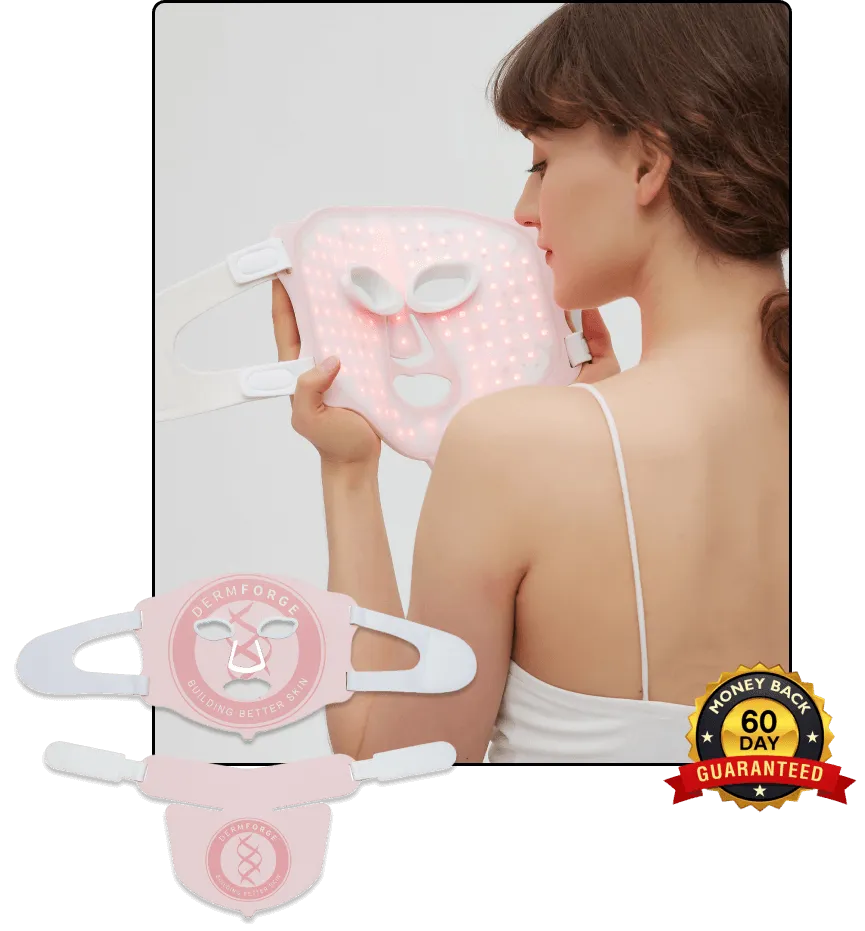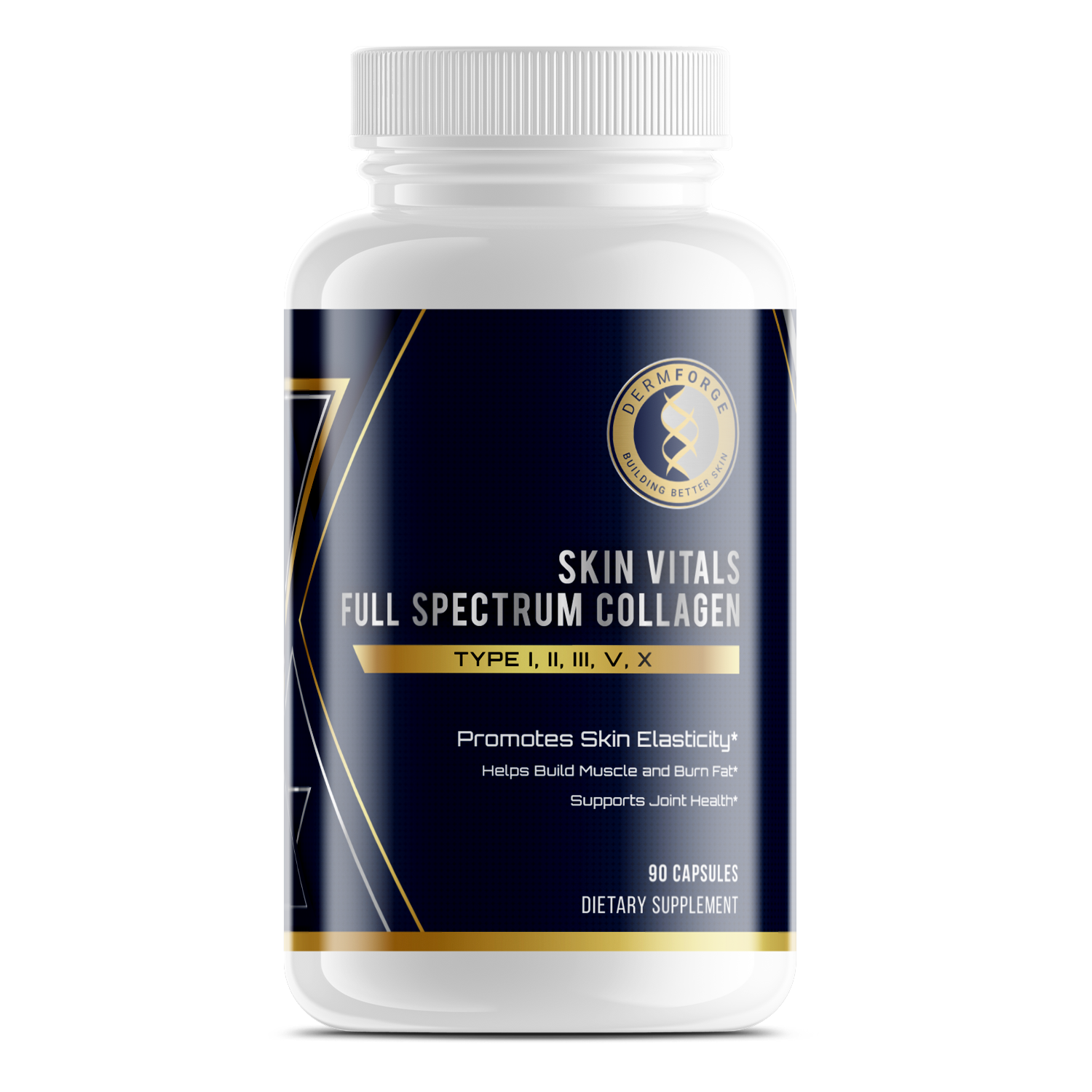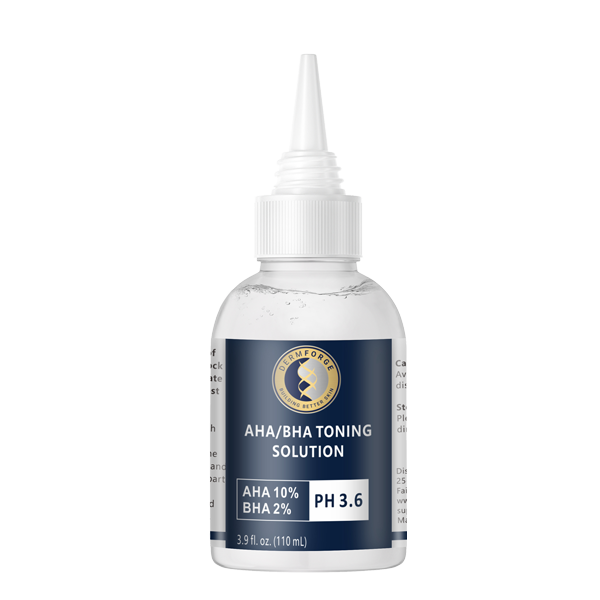When it comes to retinol, one question seems to pop up all the time: “Should I moisturize after using it?” If you’ve found yourself staring at your skincare products, wondering if you're doing it right, you’re not alone.
Retinol is gaining a lot of popularity in the skincare world, but it’s also a bit of a diva — it needs to be used correctly if you want to avoid irritating your skin. We’ll be answering all questions you have about retinol below, so don’t go anywhere.
What is Retinol?
Before we tackle the moisturizing dilemma, let’s talk about what retinol actually is. In a nutshell, retinol is a form of vitamin A that’s often found in creams or serums. It’s an effective ingredient for dealing with skin concerns like:
- Fine lines and wrinkles
- Uneven skin tone
- Dark spots
- Rough texture
- Acne scars
The magic of retinol lies in how it works: it speeds up skin cell turnover. This can lead to smoother, brighter, and more youthful-looking skin. Sounds amazing, right? It is, but there’s a catch: retinol can also cause dryness, flakiness, and irritation, especially when you first start using it. That’s where moisturizer comes in.
Check out the Retinol collection by DermForge - this includes our Retinol Face Cream, Retinol Face Serum, and Retinol Eye Cream.
Should You Use Moisturizer After Retinol?

The short answer is “Yes, you definitely should!” Moisturizing after applying retinol is more important than you might think. It helps your skin stay hydrated, reduces the risk of irritation, and supports the important skin barrier. Here’s what a lot of people don’t realize, though: how you moisturize matters. Let’s get into the details below.
The Best Way to Moisturize After Retinol
Wondering what the most effective and efficient way to moisturize after retinol is? We’re here to help! Follow these tips, and you’ll be able to make the most of your retinol use while also keeping your skin moisturized and soft.
Wait for absorption
After applying retinol, give it a few minutes to sink into your skin. Think of this as letting the ingredient do its thing without interference. Once it’s absorbed, you can follow up with a moisturizer.
Choose the right moisturizer
Picking the right moisturizer is the key to keeping your skin healthy and hydrated, but not all moisturizers are the same. To give your skin the care it deserves, look for products with certain active ingredients. Hyaluronic acid, for example, is amazing at moisturizing dry skin (making it look plump and refreshed).
Ceramides are also something to look for because they strengthen your skin’s barrier, helping to lock in moisture and shield your skin from environmental stress. Glycerin will also help with hydration since it attracts water. Together, these ingredients work to hydrate your skin from the surface down to deeper layers.
When it comes to choosing a moisturizer, think about your skin type and specific needs. If your skin tends to be dry or sensitive, go for something richer and fragrance-free that focuses on repairing your skin’s barrier.
If you have oily or acne-prone skin, a lightweight, non-comedogenic formula will keep your skin hydrated without clogging your pores.
Use the “sandwich method”
If retinol tends to irritate your skin (this is a fairly common effect of retinol products), try this trick: apply a thin layer of moisturizer before and after the retinol. This creates a buffer that reduces the chance of irritation while still letting the retinol do its job.
Don’t forget to wear sunscreen
Retinol can make your skin more sensitive to the sun, so always apply a broad-spectrum sunscreen with SPF 30 or higher in the morning. This step is non-negotiable if you want to avoid sun damage.
Why Moisturizer is Important and Necessary After Retinol
Retinol’s biggest drawback is its potential to dry out your skin. Here’s why moisturizing is essential:
Prevents dryness and flaking
Retinol encourages skin cell turnover, but this can lead to flaky, irritated skin if your moisture barrier isn’t properly supported.
Keeps your skin hydrated
Hydration is key to healthy skin. A good moisturizer helps trap water in your skin, keeping it soft, plump, and glowing.
Maintains the skin barrier
Retinol can sometimes compromise your skin’s protective barrier, which might leave you vulnerable to irritation. Moisturizer strengthens this barrier and helps your skin recover.
How to Incorporate Retinol and Moisturizer into Your Skincare Routine

If you’re wondering how, exactly, to use moisturizer after retinol, you’re not alone. Here are some steps you can follow for the best possible results:
Cleanse your skin
Start with a gentle cleanser to wash away dirt, oil, and any makeup from the day. This sets the stage for the rest of your routine by giving your skin a clean slate. Look for something that’s non-stripping so your skin doesn’t feel tight or dry afterward.
Apply retinol
Take just a pea-sized amount of retinol — seriously, a little goes a long way! Gently smooth it over your skin, focusing on areas that need it most, like your forehead, cheeks, or chin. Be sure to avoid sensitive spots like your eyes, corners of your nose, and lips, as these areas are more prone to irritation.
Wait a few minutes
Once you’ve applied the retinol, give it a little time to absorb. This helps it work more effectively and minimizes the risk of mixing with other products too quickly. While you’re waiting, you can brush your teeth or scroll through your phone — it’s just a few minutes.
Moisturize
Next, slather on a generous layer of moisturizer. This step is key because it helps seal in hydration and acts as a buffer, reducing any potential dryness or irritation from the retinol. Choose a moisturizer that works well for your skin type — whether it’s lightweight for oily skin or richer for dry or sensitive skin.
Sun protection
Retinol can make your skin more sensitive to the sun, so a good broad-spectrum SPF is a must. It not only protects your skin from UV damage but also helps prevent signs of aging, like fine lines and dark spots. There's no need to apply sunscreen if you're using retinol at night, though.
Frequently Asked Questions
What if I have oily skin?
Even if your skin is naturally oily, moisturizing is a must — especially after using retinol. Prescription retinoids can be drying, so skipping moisturizer might leave your skin overcompensating by producing even more oil.
To avoid that, go for lightweight, non-comedogenic moisturizers. These are specially formulated not to clog pores, which is perfect for oily or acne-prone skin. Look for ingredients like hyaluronic acid or glycerin — they’re hydrating without being heavy.
What if my skin gets irritated?
This is totally normal when starting retinol — it’s just your skin adjusting. But if it’s too much to handle, don’t worry; you don’t have to quit. Start by cutting back on how often you use it — every other night or even just twice a week is fine.
We’d also recommend doing light therapy treatments with an LED mask. Green light, in particular, can be quite soothing for sensitive skin. Red light is also super helpful for rejuvenating your skin, and blue light is great for killing acne-causing bacteria.
You can also try the “sandwich method,” which means applying a layer of moisturizer before and after your retinol. This adds a buffer to reduce irritation while still getting the benefits. You can also switch to a gentler moisturizer with soothing ingredients like ceramides or aloe.
What type of moisturizer should I use?
The perfect moisturizer for you depends on your skin type. If you have a sensitive skin type, a rich, cream-based moisturizer with fatty acids or ceramides will help repair your skin barrier and lock in hydration.
On the other hand, if your skin tends to get shiny or break out, a gel-based moisturizer will work best. These formulas are light and absorb quickly without leaving a greasy feel. Bonus points if it’s labeled as “oil-free” or “non-comedogenic.”
How long does it take to see results?
Retinol is not some “miracle cure” that’s going to work overnight. You might start noticing improvements in your skin tone and texture after a few weeks, but significant results can take three to six months. Be patient and consistent, and don’t forget to adjust your routine based on how your skin reacts.
Conclusion
So, should you moisturize after using retinol? Yes, without a doubt. Moisturizing after retinol is an important step that keeps your skin healthy. Meanwhile, you’ll get to enjoy the benefits of retinol serum without having to deal with any unpleasant side effects (like dry skin and flakiness).
Feel free to experiment with different products and methods (like the sandwich method) to figure out what works best for your skin type. And remember, if irritation persists, consult a dermatologist for personalized advice.
If you’d like to learn more about retinol use, light therapy, and skincare in general, don’t hesitate to check out our blog! We’ve also got a wide range of skincare products and light therapy devices available.
Now is the time to start working towards the healthy, youthful-looking skin you’ve always wanted – shop DermForge now!






